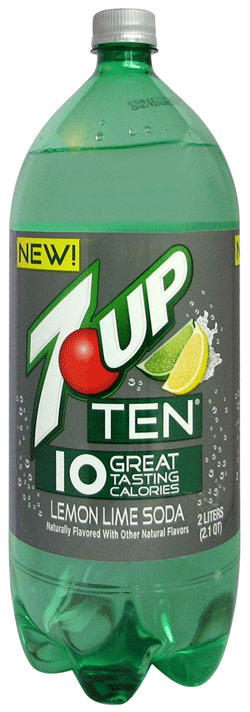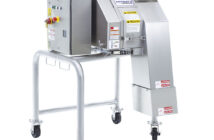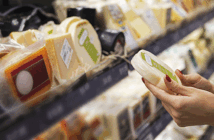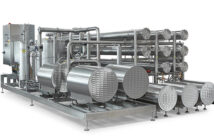Despite their ongoing dominance in terms of market size, carbonated beverages accounted for just 14 percent of global new product activity in soft drinks in 2012, according to Innova Market Insights.
This reflects a mature status, the fairly concentrated nature of the industry and the relatively limited innovation opportunities in comparison with some other parts of the market, such as fruit and juice drinks.
Lu Ann Williams, research manager at Innova Market Insights says that the USA has the largest carbonated soft drinks market in the world, as well as the highest per capita consumption levels.
“As a result,” she says, “product development tends to be led from there, although the very concentrated nature of the market, with the top three players accounting for 90 percent of sales, has served to limit innovation in some instances. This has also tended to stifle the development of new players and brands.”
Interest in low calorie and reduced sugar lines is now well established and products using this type of claim accounted for 17.5 percent of global carbonate launches in 2012. This percentage rises to nearer a quarter in the USA and Western Europe and falls to about 11 percent in Asia. A more recent trend aimed at regenerating interest in a mature and generally static market is that of mid-calorie products, positioned as a halfway house between the taste of full sugar products and the health benefits of sugar-free options.
The concept is being trialled in the USA, with activity led by PepsiCo’s Pepsi Next cola, with 60 percent fewer calories than regular Pepsi and sweetened with a blend of high fructose corn syrup (HFCS), aspartame, acesulfame-K and sucralose. It was launched nationally in the USA in April 2012, following testing. The brand was also launched in Australia in 2012, but interestingly using a formulation with stevia for 30 percent sugar reduction, rather than the 60 percent reduction in the US version achieved with a variety of sweeteners.
Back in the USA, carbonates market leader Coca-Cola also developed and tested its own mid-calorie carbonates range through 2012 using the Select sub-brand for Fanta and Sprite products. These featured natural sweeteners, including sugar, stevia and erythritol, to give a drink with 50 percent of the calories of standard lines.
Number three player in the USA, Dr Pepper Snapple, has also been developing its Dr Pepper Ten concept, a ten-calorie carbonate with ‘macho marketing’ targeted at 25-34 year old men and aimed at ditching the diet image. It was launched in the autumn of 2011 and was followed by the launch of 7 Up Ten, A&W Ten, Sunkist Ten, Canada Dry Ten and RC Ten in January 2013. All feature both caloric and non-caloric sweeteners – HFCS, aspartame and acesulfame-K. With ten calories, they are neither traditional diet soft drinks nor even really mid-calorie offerings, but fall somewhere in between.
Despite the early indications of interest in these new concepts, Williams warns that there is some concern about the potential for mid-calorie carbonates.
“They may not have widespread consumer appeal, may confuse consumers with a raft of different calorie levels, sweeteners and positionings and may, in any case, cannibalise sales of existing full and low calorie lines,” she says.





























































































